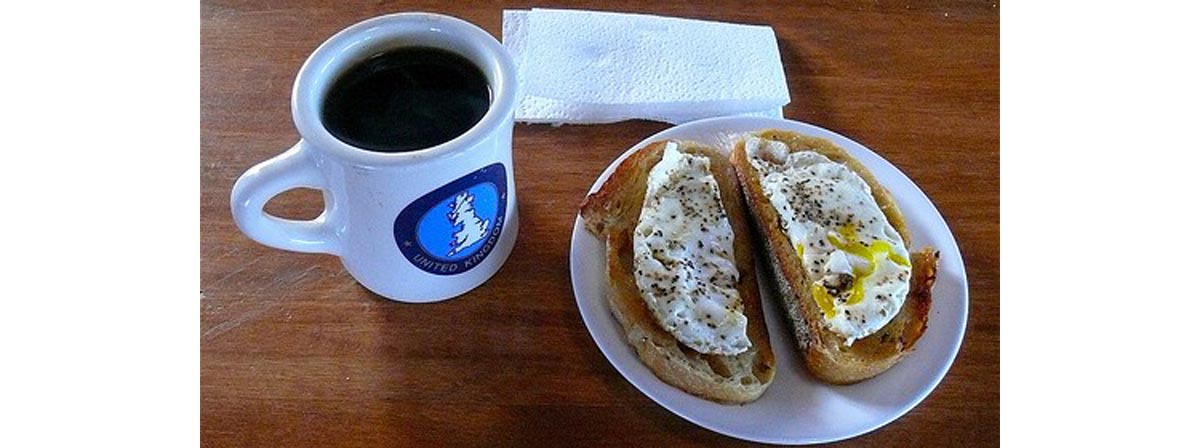Table of Contents
What we see now, therefore, is a situation where we have the high calorie, low nutrient foods left us by the agricultural revolution, and the sedentary lifestyle left us by the post-industrial economy, together with the rise of highly processed foodstuffs like high-fructose corn syrup designed to cut costs in production for the food industry.

That's a recipe for disaster, and it means that even if you're eating the right number of calories, you might be stuck between a rock and a hard place: constant hunger on one hand, or missing your calorie target on the other. Add in unrealistic expectations of exercise and you're well on your way to giving up.
The solution to this conundrum lies in understanding what's really in food, in terms of quality. I'm going to explain, but first I'd like to mention this simple rule, which I'll revisit several times:
If it has no nutritional value, only calories, don't eat it.
If you're trying to gain weight, there's a good argument for taking in some calories just as calories. If you're trying to lose weight, there really isn't. Look for foods that contain high amounts of nutrients comparative to their caloric content, and you might find you actually need to eat less calories than you thought.
One way to improve your nutritional intake is to ask your grandmother for cooking tips. If she learned to cook before the widespread availability of processed foods she'll have recipes for roasts, gravies, broths and soups that will save you money and give a more nutritional diet with a reduced calorie load.
A portion of beef stew made at home might contain 250 calories - but of those, 22 grams will be protein - that's a third again higher. Some recipes call for as much as 27 grams of protein, as well as significantly more fiber - double the fiber or more of the burger.
It's cheaper, too.
Foods That Make You Feel Fuller Longer, And Are Better For You?
The key issue here is that foods like stews can reduce our caloric needs - by as much as 20% in some cases, meaning you can hit your calorie numbers more easily and still stay feeling full. Stews and foods like them can be a way to save money, to know what's in your foods and to ensure that you eat less and less empty calories. Again, avoid eating any foods that contain calories without any other nutritional value.
When you're looking for a place to get your calories, ask yourself:
1: Is it high in protein? High protein foods slow energy absorption and make you feel full for longer, as well as being high in protein, a vital nutrient most of us eat far too little of.
2: Is it high in fiber? High fiber foods slow energy absorption too, as well as regularizing digestion. High fiber foods are particularly effective at reducing the rate at which carbohydrates are absorbed.
3: Is it high in vitamins? Don't just think fruit, here. The most vitamin-rich food you can buy isn't a fruit or a vegetable, or a super berry that costs $5 a pack: it's liver.
4: Is it high in animal bone and stock products? These food types reduce our need for calories and improve protein metabolism, reducing the need for protein by up to half.
That would add up to 2300 calories - but it also includes 100g of protein, 30g of selenium, 120% of your recommended intake of vitamin B6 and over 15g of dietary fiber. Most of it is simple to cook and a fair amount of it is cheap. It's based on looking for foods that offer nutritional benefits in addition to their caloric content: If it has nothing but calories, don't eat it!
- Photo courtesy of Alex Nelson by Flickr : www.flickr.com/photos/loup-vert/3097536094/
- Photo courtesy of Larry & Teddy Page by Flickr : www.flickr.com/photos/igboo/4376927884/


Your thoughts on this